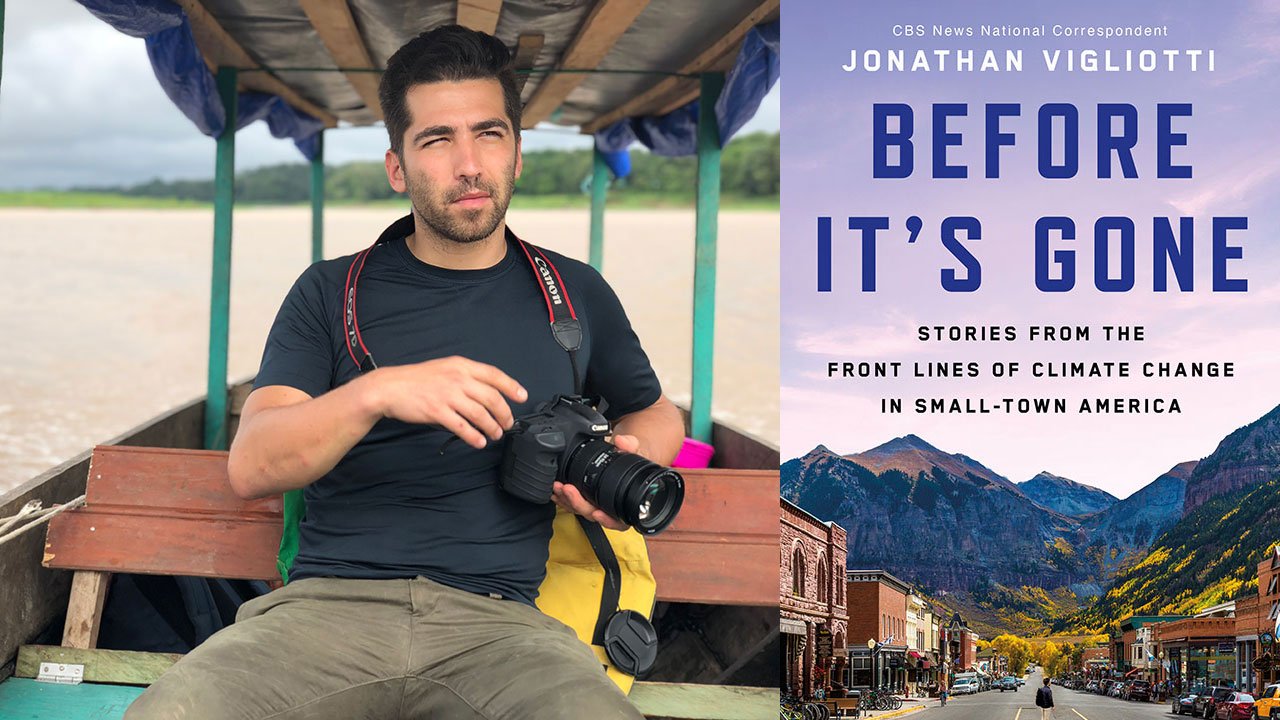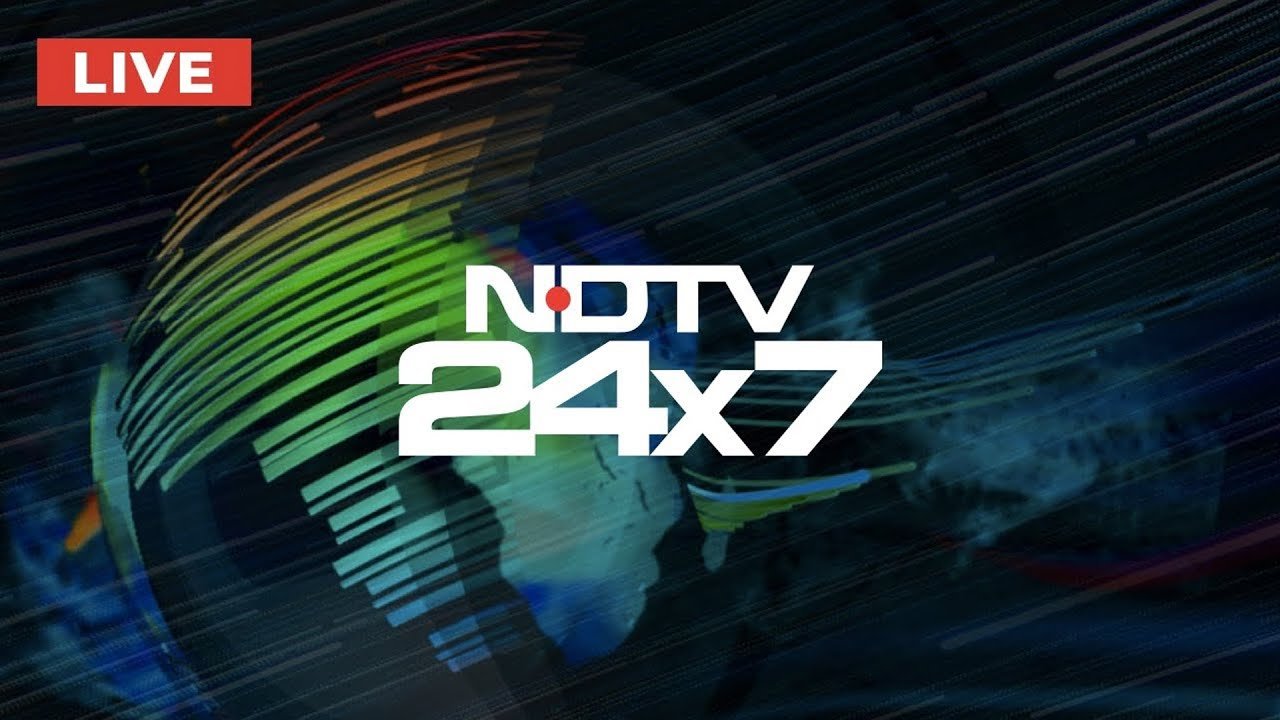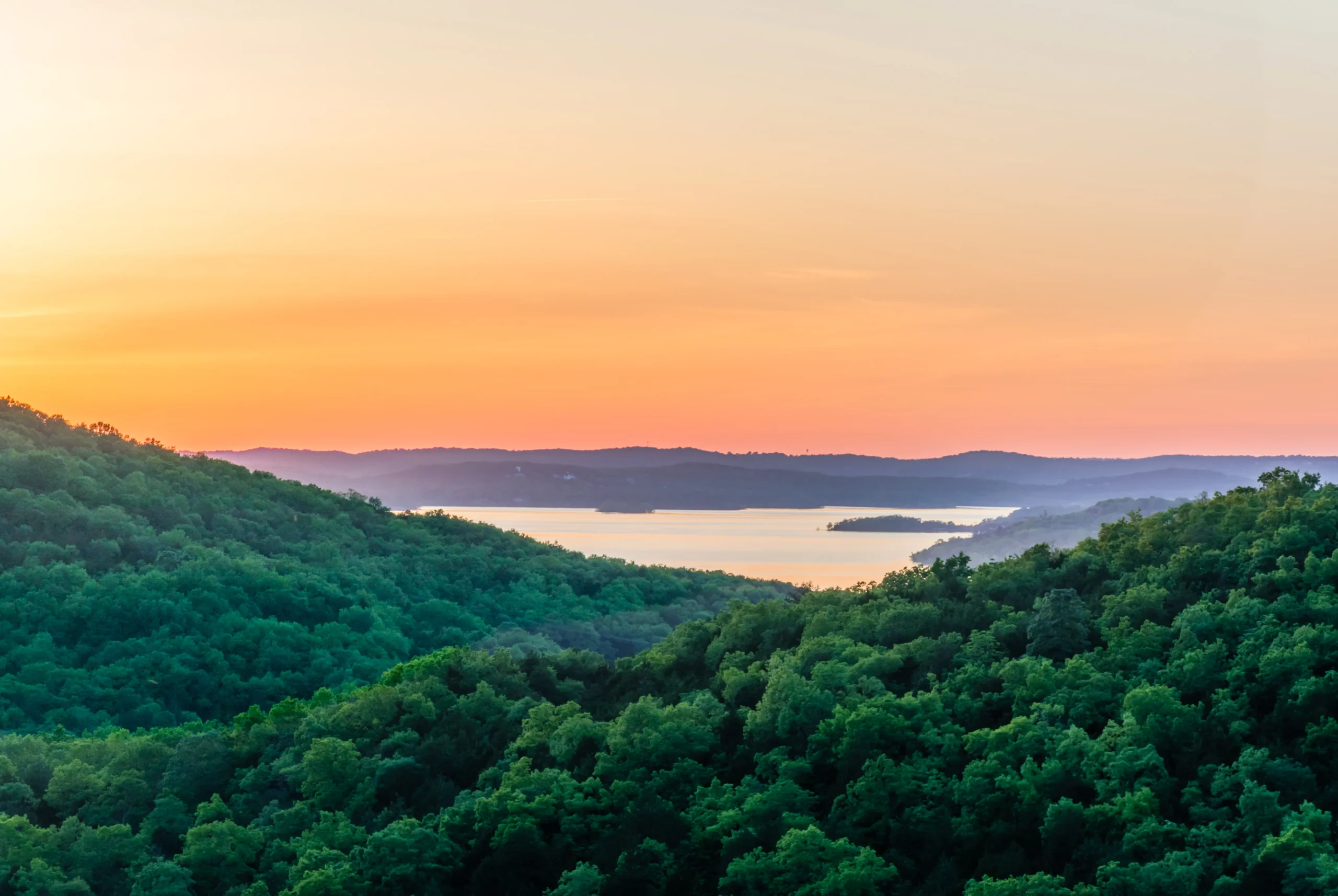before it’s newsBefore it’s news, everyone wants to know what is really happening in the world. People like to stay informed about events, trends, and important issues that affect their lives. This is where platforms like “Before It’s News” come in. “Before It’s News” is a website where users can share news, stories, and ideas that may not always be seen in mainstream media. It’s a place where alternative viewpoints are explored, and readers can get a fresh perspective.
Before it’s news from the big media, smaller voices often try to tell the story. On “Before It’s News,” everyday people can write articles about topics they believe are important. These stories may be about politics, health, science, or even mysteries that traditional media don’t cover. The platform lets you see a different side of things and understand what might be happening behind the scenes.
What is “Before It’s News” and How Does It Work?
“Before It’s News” is a unique website where users can post news stories, opinions, and even personal experiences. It offers a platform for everyday people to share information that might not be covered by traditional media. People often turn to “Before It’s News” when they feel that mainstream outlets aren’t providing the full picture or when they want to explore alternative viewpoints.
The way “Before It’s News” works is simple. Users create accounts, submit their stories, and other readers can comment, share, or even write their own responses. The platform doesn’t have the same editorial controls as traditional media, which means that the range of topics can be wider. This can include everything from politics to science and health. It’s also a place for more niche subjects or controversial topics that may not get mainstream attention.
The strength of “Before It’s News” lies in its community-driven nature. Readers aren’t just passive consumers of information; they can actively participate in the conversation. However, it’s important to approach the content critically, as the open nature of the platform means that fact-checking is up to the reader.
Why Do People Choose “Before It’s News” Over Traditional Media?
Many people are drawn to “Before It’s News” because they feel traditional media doesn’t always show the full picture. Mainstream outlets often have editorial guidelines or are influenced by larger networks, while “Before It’s News” allows for more freedom. This freedom can lead to fresh perspectives and the exploration of stories that might not get widespread attention.
In some cases, “Before It’s News” offers insight into underreported issues. For instance, while large media channels might focus on major national events, smaller stories about local issues, alternative health treatments, or scientific developments can find a home on this platform. It’s a space where anyone can voice their opinion, which can be both positive and negative.
However, the lack of strict editorial control can also be a challenge. It’s important to read with a critical eye and verify the facts yourself. People choose “Before It’s News” because they want more than what is offered by traditional outlets, but that also means taking responsibility for sorting through the information available.
The Benefits of Reading and Sharing Stories on “Before It’s News”
One of the biggest benefits of using “Before It’s News” is the variety of viewpoints. On the platform, you can read about topics from many different perspectives, allowing you to think more critically about the world. Instead of relying solely on big news companies, readers can explore different ideas and make their own judgments.
Sharing stories on “Before It’s News” also allows individuals to contribute to the wider conversation. If you feel passionate about a particular subject or have a story that hasn’t been told, you can write about it. This ability to share and read diverse opinions is a big part of why “Before It’s News” has become popular.
While mainstream media tends to focus on the major headlines, “Before It’s News” covers smaller, less-known topics as well. This can range from health remedies to environmental issues that people are passionate about but that don’t always make it onto larger platforms.
How Reliable is the Content on “Before It’s News”?
While “Before It’s News” offers a space for free expression, not everything on the platform is necessarily true or fact-checked. Readers must be aware that the content is user-generated, which means that the responsibility for checking facts often falls on the individual. There can be valuable information, but there can also be opinions or speculative articles.
To use “Before It’s News” wisely, readers should look for credible sources within articles. Fact-checking through multiple platforms and cross-referencing information can help ensure that you’re getting the right story. Critical thinking is key to navigating user-driven platforms like this one.
Many users find stories on “Before It’s News” that are worth considering, but it’s important not to take everything at face value. Approaching articles with curiosity but caution is the best way to benefit from what the platform offers without falling into misinformation traps.
Can You Trust “Before It’s News”? Tips for Fact-Checking Information
- Look for multiple sources: If the story appears in other credible places, it’s likely more reliable.
- Check the author’s background: Do some research to see if the author has expertise in the subject.
- Use fact-checking tools: Websites like Snopes or FactCheck.org can help you verify claims.
- Be cautious with sensational headlines: Sometimes, flashy headlines are used to grab attention rather than share facts.
- Check the date of publication: Old stories might not be relevant anymore, so make sure you’re reading up-to-date information.
The Role of “Before It’s News” in Covering Underreported Issues
“Before It’s News” plays a crucial role in giving a voice to underreported stories. While traditional media often focuses on large, attention-grabbing events, smaller, grassroots stories can sometimes slip through the cracks. This is where “Before It’s News” fills the gap, offering a platform for stories that don’t always make it into mainstream outlets.
For example, local issues that affect small communities or environmental changes that only impact certain regions can be reported on “Before It’s News.” People can learn about things they might not hear about on TV or in national newspapers. It’s a space where important but less-known stories can be told.
By covering these underreported issues, “Before It’s News” allows for a more complete understanding of what’s happening in the world. Readers who seek out different viewpoints can find value in these stories and gain a broader perspective.
How to Contribute Your Own Story to “Before It’s News”
- Sign up for an account: To post on “Before It’s News,” you first need to create an account.
- Write your story: Be clear and concise, and make sure your story adds value.
- Add sources: Including credible sources will make your story more trustworthy.
- Engage with readers: Respond to comments and questions to build a conversation around your post.
By keeping these sections well-organized and focusing on providing useful, high-quality content, you can create an engaging and informative blog post that fits Google’s guidelines while maintaining the blogging tone and simplicity you need.
Conclusion
Before It’s News” is a special place where people can share news and ideas that might not be covered by big news companies. It gives everyone a chance to have their voice heard, which can be helpful for learning new things. But when reading or sharing stories, it’s important to check the facts and think carefully about what is true. This makes the platform a great way to explore different points of view.
Even though “Before It’s News” can be full of exciting and unique stories, readers should be cautious. Not all information may be correct. By doing a little extra research and fact-checking, you can enjoy the interesting articles while staying well-informed. It’s a platform that lets you be part of the news-sharing world in a fun and responsible way.









